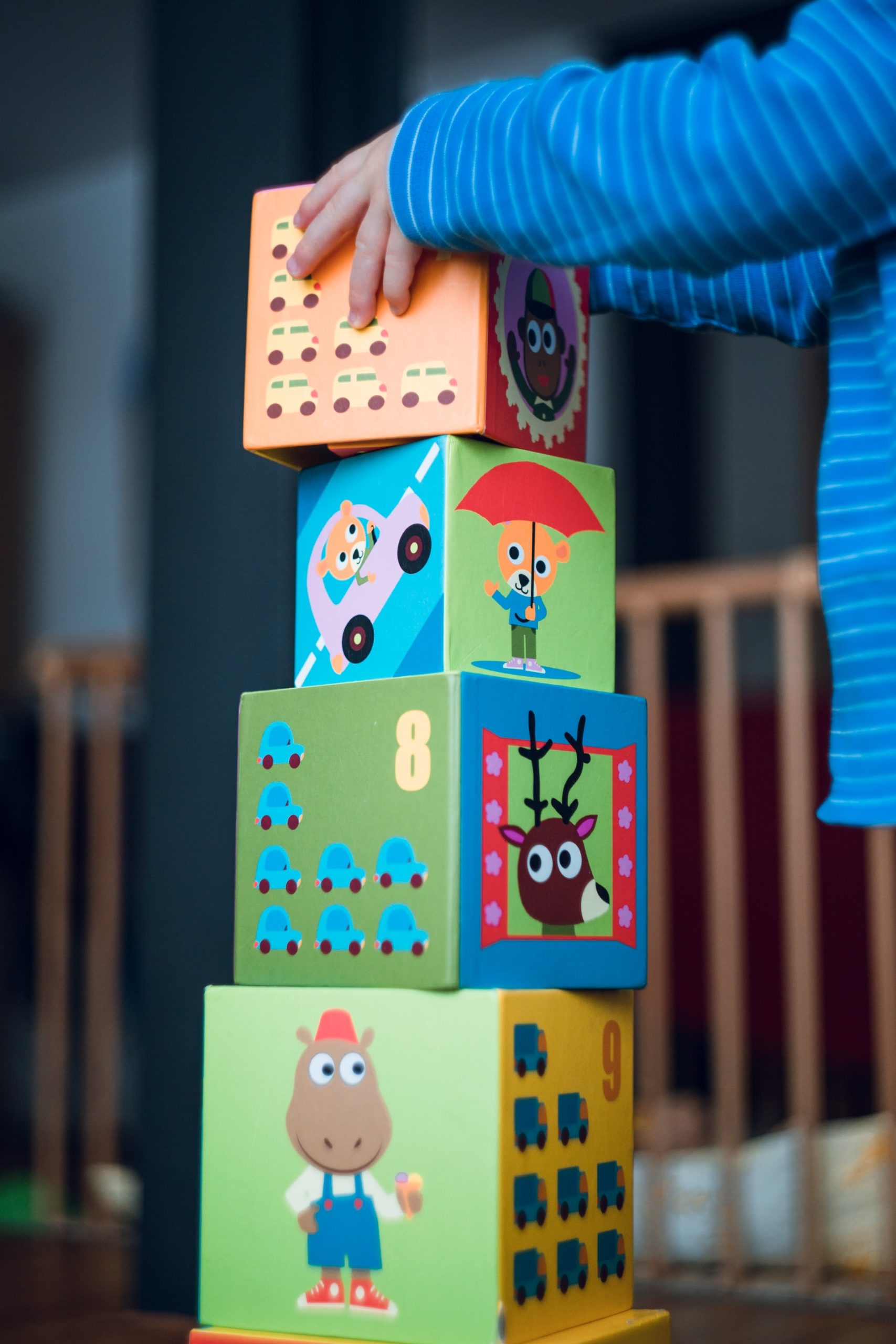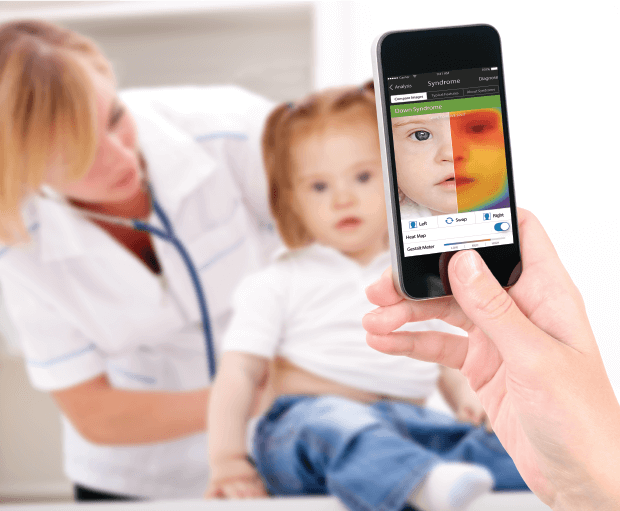The Signs of Autism in Toddlers
What is autism?
Now known more correctly as autism spectrum disorder, this neurodevelopmental condition is often identified and diagnosed before a toddler turns 3 years old.
This was not always the cause – only with increased awareness regarding the signs and symptoms of autism, and how as a spectrum disorder it may look different in different individuals, has it been possible to diagnose it earlier in childhood.
This early diagnosis is important because early intervention and support is crucial for children on the autism spectrum, depending on how severe their symptoms are. For some children, this early intervention can help minimize the impact of the symptoms.
Autism spectrum disorder symptoms vary from what is often termed ‘mild’ to ‘severe.’ Some children on the spectrum may experience speech and language development delay, others may develop zero- to very limited speech.
It is now believed that autism, while it presents with a set of commonly identified and recognised symptoms, may in fact look different in boys and girls. The signs of autism in boys are often issues with social interactions and understanding social cues – whereas with girls this is something that is noticed less often, and are symptoms that girls often manage to mask for years.
The commonly recognized symptoms of autism spectrum disorder include – difficulties with social interactions, and a lack of interest in communicating or interacting with others; possible speech and language delay; issues with understanding social cues, facial expressions, and the emotions of others; a need for rigid routine and rituals; a sensitive to sensory stimuli.
The signs of autism in toddlers
Generally the signs of autism are identified before a toddler turns three. In some cases, they may be identified in the first year of life.
The following are some of the most commonly identified signs –
Play
Toddlers are all in the process of learning how to interact and play with others. It can be difficult sometimes to understand what is age-appropriate toddler play, and what might be a sign of autism spectrum disorder. However generally, by the age of three, toddlers should be beginning to show an interest in playing with others, even if the majority of that play is parallel play (side by side with someone else). A toddler who prefers solitary and solo play consistently and shows no interest in observing others at play, or playing alongside others, may be showing one of the possible signs of autism.
During the toddler years, many children will begin to show an interest in imaginative play, including role play, and many other types of play revolving around the use of their imagination. Imaginative play has no structure, or set rules, it comes freely from the child and is completely open-ended. The toddler decides when it starts and ends, and how it develops. Children on the autism spectrum disorder generally do not show an interest in joining the imaginative play of others, and do not initiate or start it themselves.
Physical Contact
A toddler who resists physical contact – hugs and other examples – even from parents, siblings, and other trusted and well-known caregivers may be showing one of the possible signs of autism spectrum disorder. It is common, and perfectly normal for toddlers to resist physical contact, even from trusted caregivers and especially from people they do not know well, or at all. However a toddler who shows zero interest in reciprocating physical contact from a parent, or constantly resists such physical contact, may be displaying signs of autism.
Speech and language
Some toddlers are late talkers – there are several factors for why a toddler may talk later, or display signs of delayed speech and language development. A premature birth, neglect or even just a lack of interaction and language learning opportunities in their main care environment, can all contribute to speech delay in a toddler.
Speech delay, including delayed speech and language acquisition, may be one of the signs of autism in a toddler, especially if it is also accompanied by a lack of non-verbal communication, and an unwillingness to communicate using facial expressions, and hand gestures or cues.
Even by the age of two, a toddler can be expected to understand how a conversation works, even if they do not have the vocabulary to initiate or maintain one. Children with autism may not display this comprehension. Toddlers, even without language or limited vocabulary, are often very expressive in terms of using their facial expressions to communicate – toddlers with autism are unlikely to show this.
Repetitive Movements
In some toddlers repetitive movements may be a sign of autism. These movements can include rocking, head banging, the need to tap on something, or any one of a number of repetitive movements using their body. Sometimes these may just be a toddler exploring the world around them, but if these movements are constant and seemingly without purpose, they may be a sign of autism spectrum disorder.
Routine and Rituals
Most toddlers love routine – and benefit from them. Toddlers are not good at reacting to change, even minor, and this is an emotional and social skill they learn to manage more and more as they reach the age of three. However a toddler who reacts with excessive discomfort and emotion to a minor change in routine or ritual may be displaying one of the signs of autism.
Children on the spectrum enjoy strict routines and rituals – this can include the exact same route to get to kindergarten everyday, the same coloured plate and cup everyday – and even the most minor of changes can provoke an intense reaction.
Intense interest
It is not unusual for toddlers to love specific objects, or topics. Many toddlers are fascinated by animals, and specific animals, and will seek them out wherever they go. Others are fascinated by cartoon characters, or vehicles. However an intense, fixated interest in one object, or theme, at the expense of showing any interest in something else, may be a sign of autism. With a toddler on the autism spectrum, attempts to get them to engage with another object, or subject may be met in vain.
Understanding the difference between age-appropriate toddler behavior, versus the signs of autism, can be difficult. Toddlers are still developing many key social, emotional, and communication skills – all of which are areas individuals with autism struggle with. This is complicated further by the fact that the signs of autism in children can vary between children, in terms of their severity and precise presentation.
However, any parents or caregiver who suspects their toddler may be showing possible signs of autism, should consult with their pediatrician.
To assist in detecting signs of autism, it is important to consider talking with a genetic counselor to understand the background this diagnosis. One-on-one sessions with an expert will enrich your understanding on rare syndromes including autism and other genetic conditions.







